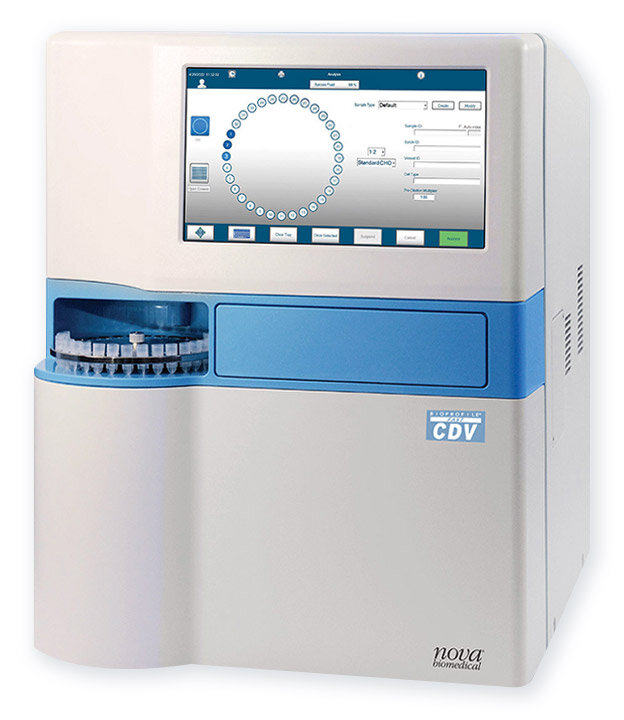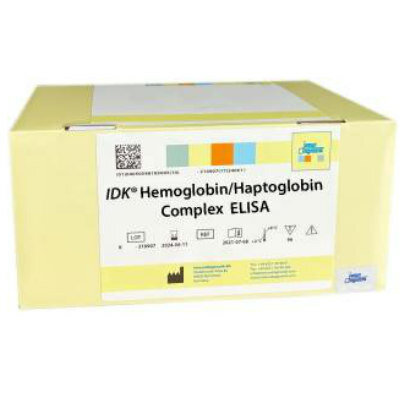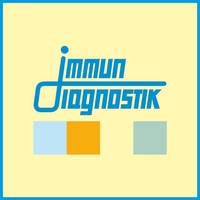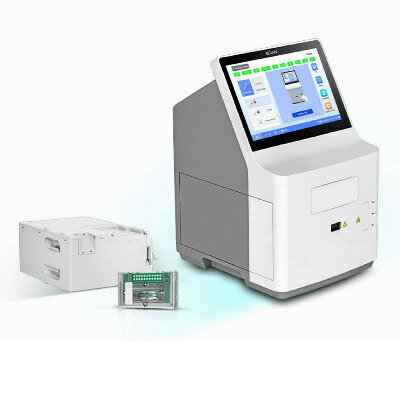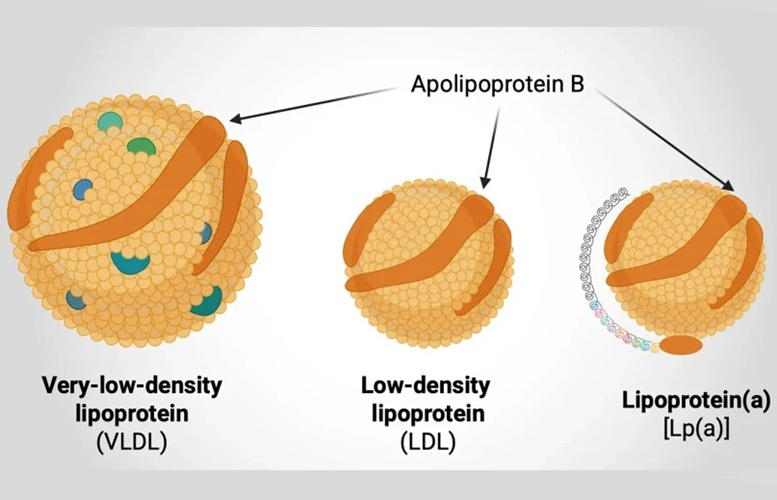Magnetic Microneedle Array Robots to Revolutionize Tissue Slicing and Cultivation
|
By LabMedica International staff writers Posted on 01 Aug 2024 |
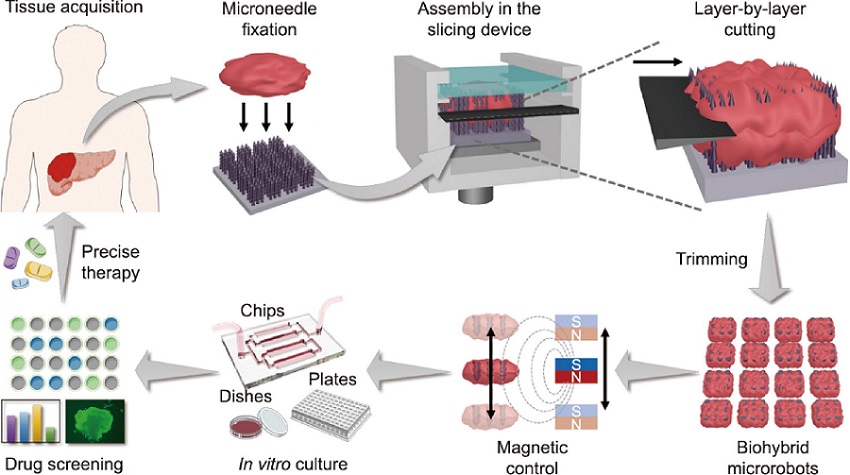
The cultivation of patient-derived tissues in vitro is essential for accurate diagnosis, targeted treatments, and advancements in tissue engineering. However, traditional methods of tissue slicing and cultivation often do not meet the clinical needs. Addressing this gap, a groundbreaking method has been developed that incorporates a controllable histotomy technique using hierarchical magnetic microneedle array robots. This innovation not only enhances tissue analysis capabilities but also paves the way for personalized medicine and the development of more effective therapies. As this technology evolves, it is anticipated to significantly impact biomedical research and clinical practices.
A team from Nanjing Drum Tower Hospital (Nanjing, China) has pioneered this innovative tissue slicing and cultivation method that promises to transform how primary tissues are managed in medical settings. Described in a research article published in Engineering, the method employs a three-dimensional printed slicing device with a mortise-tenon structure and a pagoda-shaped microneedle array scaffold loaded with magnetic particles. The multilayered structure of the microneedles ensures stable fixation of tissue samples during slicing, preventing slippage. Additionally, the encapsulated magnetic microneedle fragments convert tissue sections into biohybrid microrobots that can be magnetically manipulated for separation, transport, and dynamic culture.
This method was tested with primary pancreatic cancer tissues, which were segmented into small sections and cultured in multilayered microfluidic chips for comprehensive drug screening. The outcomes are promising for clinical application, marking a substantial advancement in the field of precision medicine. The research article also outlines potential enhancements, such as automating the tissue sectioning process and increasing the throughput of the microtomy device. Going forward, the researchers see potential applications of this technology extending beyond cancer to include various types of patient-derived tissues, potentially revolutionizing long-term tissue cultivation and monitoring.
“The development of this controllable histotomy technique marks a significant advancement in the field of tissue engineering and drug screening,” said Jiaming Wu, the editor of Engineering. “By leveraging the capabilities of magnetic microneedle array robots, researchers have been able to create a more efficient and precise method for tissue manipulation and analysis.”
Related Links:
Nanjing Drum Tower Hospital
Latest Pathology News
- AI-Based Model Predicts Kidney Cancer Therapy Response
- Sensitive and Specific DUB Enzyme Assay Kits Require Minimal Setup Without Substrate Preparation
- World’s First AI Model for Thyroid Cancer Diagnosis Achieves Over 90% Accuracy
- Breakthrough Diagnostic Approach to Significantly Improve TB Detection
- Rapid, Ultra-Sensitive, PCR-Free Detection Method Makes Genetic Analysis More Accessible
- Spit Test More Accurate at Identifying Future Prostate Cancer Risk
- DNA Nanotechnology Boosts Sensitivity of Test Strips
- Novel UV and Machine Learning-Aided Method Detects Microbial Contamination in Cell Cultures
- New Error-Corrected Method to Help Detect Cancer from Blood Samples Alone
- "Metal Detector" Algorithm Hunts Down Vulnerable Tumors
- Novel Technique Uses ‘Sugar’ Signatures to Identify and Classify Pancreatic Cancer Cell Subtypes
- Advanced Imaging Reveals Mechanisms Causing Autoimmune Disease
- AI Model Effectively Predicts Patient Outcomes in Common Lung Cancer Type
- AI Model Predicts Patient Response to Bladder Cancer Treatment
- New Laser-Based Method to Accelerate Cancer Diagnosis
- New AI Model Predicts Gene Variants’ Effects on Specific Diseases
Channels
Clinical Chemistry
view channel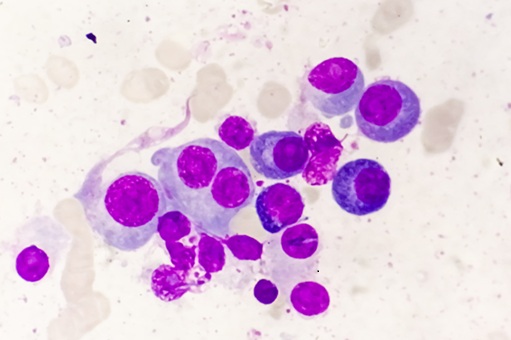
Mass Spectrometry-Based Monitoring Technique to Predict and Identify Early Myeloma Relapse
Myeloma, a type of cancer that affects the bone marrow, is currently incurable, though many patients can live for over 10 years after diagnosis. However, around 1 in 5 individuals with myeloma have a high-risk... Read more
‘Brilliantly Luminous’ Nanoscale Chemical Tool to Improve Disease Detection
Thousands of commercially available glowing molecules known as fluorophores are commonly used in medical imaging, disease detection, biomarker tagging, and chemical analysis. They are also integral in... Read more
Low-Cost Portable Screening Test to Transform Kidney Disease Detection
Millions of individuals suffer from kidney disease, which often remains undiagnosed until it has reached a critical stage. This silent epidemic not only diminishes the quality of life for those affected... Read more
New Method Uses Pulsed Infrared Light to Find Cancer's 'Fingerprints' In Blood Plasma
Cancer diagnoses have traditionally relied on invasive or time-consuming procedures like tissue biopsies. Now, new research published in ACS Central Science introduces a method that utilizes pulsed infrared... Read moreMolecular Diagnostics
view channel
New Genetic Tool Analyzes Umbilical Cord Blood to Predict Future Disease
Children are experiencing metabolic problems at increasingly younger ages, placing them at higher risk for serious health issues later in life. There is a growing need to identify this risk from birth... Read more
Spinal Fluid Biomarker for Parkinson’s Disease Offers Early and Accurate Diagnosis
Parkinson’s disease is a neurodegenerative condition typically diagnosed at an advanced stage based on clinical symptoms, primarily motor disorders. However, by this time, the brain has already undergone... Read moreHematology
view channel
New Scoring System Predicts Risk of Developing Cancer from Common Blood Disorder
Clonal cytopenia of undetermined significance (CCUS) is a blood disorder commonly found in older adults, characterized by mutations in blood cells and a low blood count, but without any obvious cause or... Read more
Non-Invasive Prenatal Test for Fetal RhD Status Demonstrates 100% Accuracy
In the United States, approximately 15% of pregnant individuals are RhD-negative. However, in about 40% of these cases, the fetus is also RhD-negative, making the administration of RhoGAM unnecessary.... Read moreImmunology
view channel
Stem Cell Test Predicts Treatment Outcome for Patients with Platinum-Resistant Ovarian Cancer
Epithelial ovarian cancer frequently responds to chemotherapy initially, but eventually, the tumor develops resistance to the therapy, leading to regrowth. This resistance is partially due to the activation... Read more
Machine Learning-Enabled Blood Test Predicts Immunotherapy Response in Lymphoma Patients
Chimeric antigen receptor (CAR) T-cell therapy has emerged as one of the most promising recent developments in the treatment of blood cancers. However, over half of non-Hodgkin lymphoma (NHL) patients... Read moreMicrobiology
view channel
New Test Diagnoses Bacterial Meningitis Quickly and Accurately
Bacterial meningitis is a potentially fatal condition, with one in six patients dying and half of the survivors experiencing lasting symptoms. Therefore, rapid diagnosis and treatment are critical.... Read more
Handheld Device Delivers Low-Cost TB Results in Less Than One Hour
Tuberculosis (TB) remains the deadliest infectious disease globally, affecting an estimated 10 million people annually. In 2021, about 4.2 million TB cases went undiagnosed or unreported, mainly due to... Read more
New AI-Based Method Improves Diagnosis of Drug-Resistant Infections
Drug-resistant infections, particularly those caused by deadly bacteria like tuberculosis and staphylococcus, are rapidly emerging as a global health emergency. These infections are more difficult to treat,... Read more
Breakthrough Diagnostic Technology Identifies Bacterial Infections with Almost 100% Accuracy within Three Hours
Rapid and precise identification of pathogenic microbes in patient samples is essential for the effective treatment of acute infectious diseases, such as sepsis. The fluorescence in situ hybridization... Read moreTechnology
view channel
Disposable Microchip Technology Could Selectively Detect HIV in Whole Blood Samples
As of the end of 2023, approximately 40 million people globally were living with HIV, and around 630,000 individuals died from AIDS-related illnesses that same year. Despite a substantial decline in deaths... Read more
Pain-On-A-Chip Microfluidic Device Determines Types of Chronic Pain from Blood Samples
Chronic pain is a widespread condition that remains difficult to manage, and existing clinical methods for its treatment rely largely on self-reporting, which can be subjective and especially problematic... Read more
Innovative, Label-Free Ratiometric Fluorosensor Enables More Sensitive Viral RNA Detection
Viruses present a major global health risk, as demonstrated by recent pandemics, making early detection and identification essential for preventing new outbreaks. While traditional detection methods are... Read moreIndustry
view channel
Cepheid and Oxford Nanopore Technologies Partner on Advancing Automated Sequencing-Based Solutions
Cepheid (Sunnyvale, CA, USA), a leading molecular diagnostics company, and Oxford Nanopore Technologies (Oxford, UK), the company behind a new generation of sequencing-based molecular analysis technologies,... Read more
Grifols and Tecan’s IBL Collaborate on Advanced Biomarker Panels
Grifols (Barcelona, Spain), one of the world’s leading producers of plasma-derived medicines and innovative diagnostic solutions, is expanding its offer in clinical diagnostics through a strategic partnership... Read more




